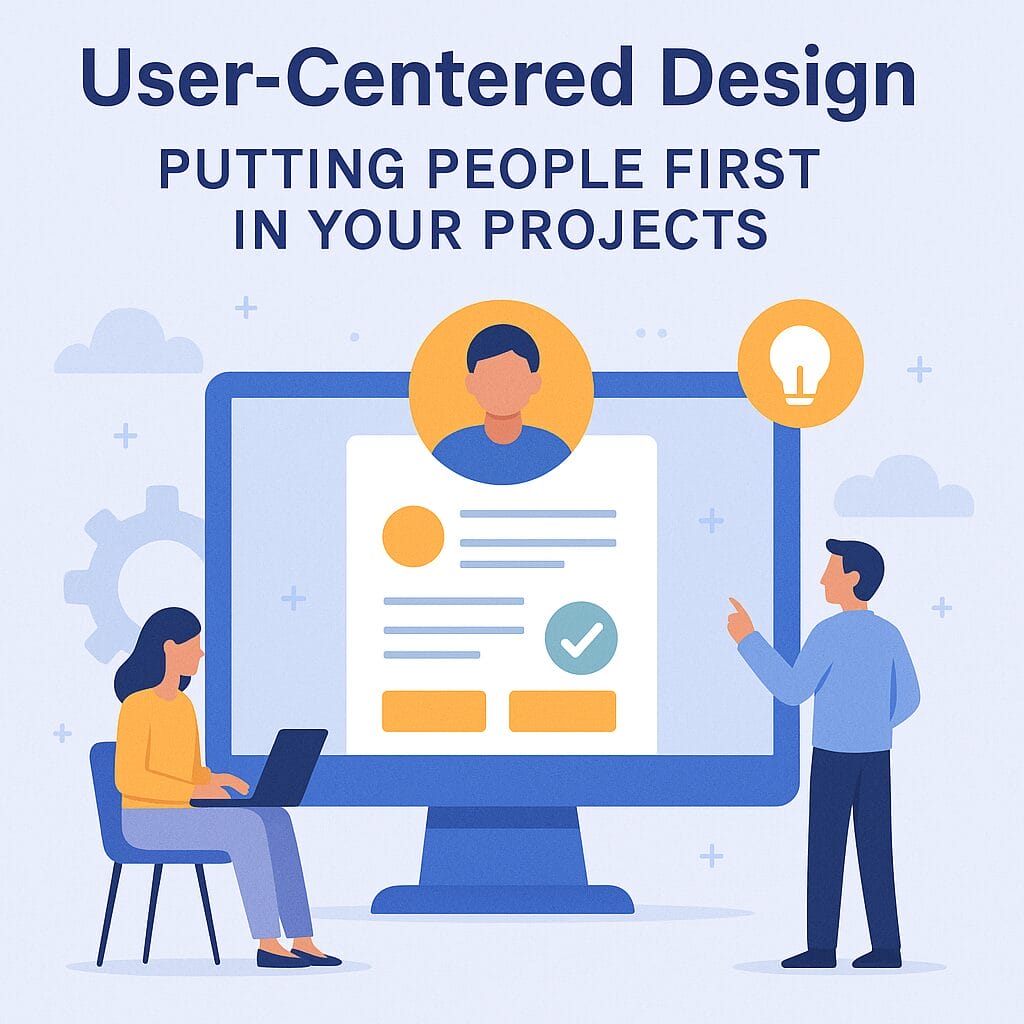User-Centered Design: Putting People First in Your Projects
When it comes to building digital products that people love, the secret isn’t just clean code or sleek visuals—it’s empathy. User-Centered Design (UCD) isn’t just a buzzword; it’s a mindset that transforms how we create and interact with technology. Whether you’re designing a mobile app, an e-commerce site, or an enterprise dashboard, UCD ensures your product is usable, intuitive, and tailored to real human needs.

What exactly is User-Centered Design?
In simple terms, User-Centered Design is a design approach that places the user at the heart of every decision. It involves understanding your users’ behaviors, motivations, and pain points through research and feedback—and then iterating based on that understanding. It’s not a one-time checklist but an ongoing commitment throughout your design and development process.
Why this approach matters more than ever
Today’s users have little patience for confusing interfaces or bloated websites. If your product doesn’t immediately solve a problem or provide value, they’ll move on to one that does. UCD helps avoid that by ensuring everything you design serves a clear purpose for the user.
It reduces bounce rates, improves accessibility, and increases user satisfaction—which often leads to higher conversion rates and customer retention.
How UCD actually works in real-life projects
Understand the user: Start with real data. Surveys, interviews, and usability tests help uncover what your audience actually needs—not what you think they need.
Design for empathy: Create personas and user journeys that reflect your findings. This builds context around how users interact with your product.
Prototype and test: Design wireframes, build quick mockups, and test them with real users. Then revise based on feedback.
Iterate constantly: UCD isn’t a one-and-done. Even after launch, you continue collecting feedback and making improvements.
A quick visual on how UCD works
To help explain how UCD transforms product development, here’s a great video that walks through the whole process with details:
Common pitfalls to watch out for
While UCD can be powerful, it’s easy to misstep. Some teams skip the research phase entirely or assume their internal opinions are enough. Others gather great insights but fail to act on them. UCD only works if it’s applied consistently—across design, development, and business decisions.
Another trap? Designing for edge cases too early. It’s good to be inclusive, but make sure your core user journey works flawlessly before handling exceptions.
Final thoughts
User-Centered Design isn’t just about making things “look nice”—it’s about making digital experiences feel effortless, enjoyable, and human. At UseCodify, we believe every successful project starts with understanding the people who will use it. That’s why UCD is baked into every stage of how we build.
If you’re not designing with users at the center, you’re not really designing for success.